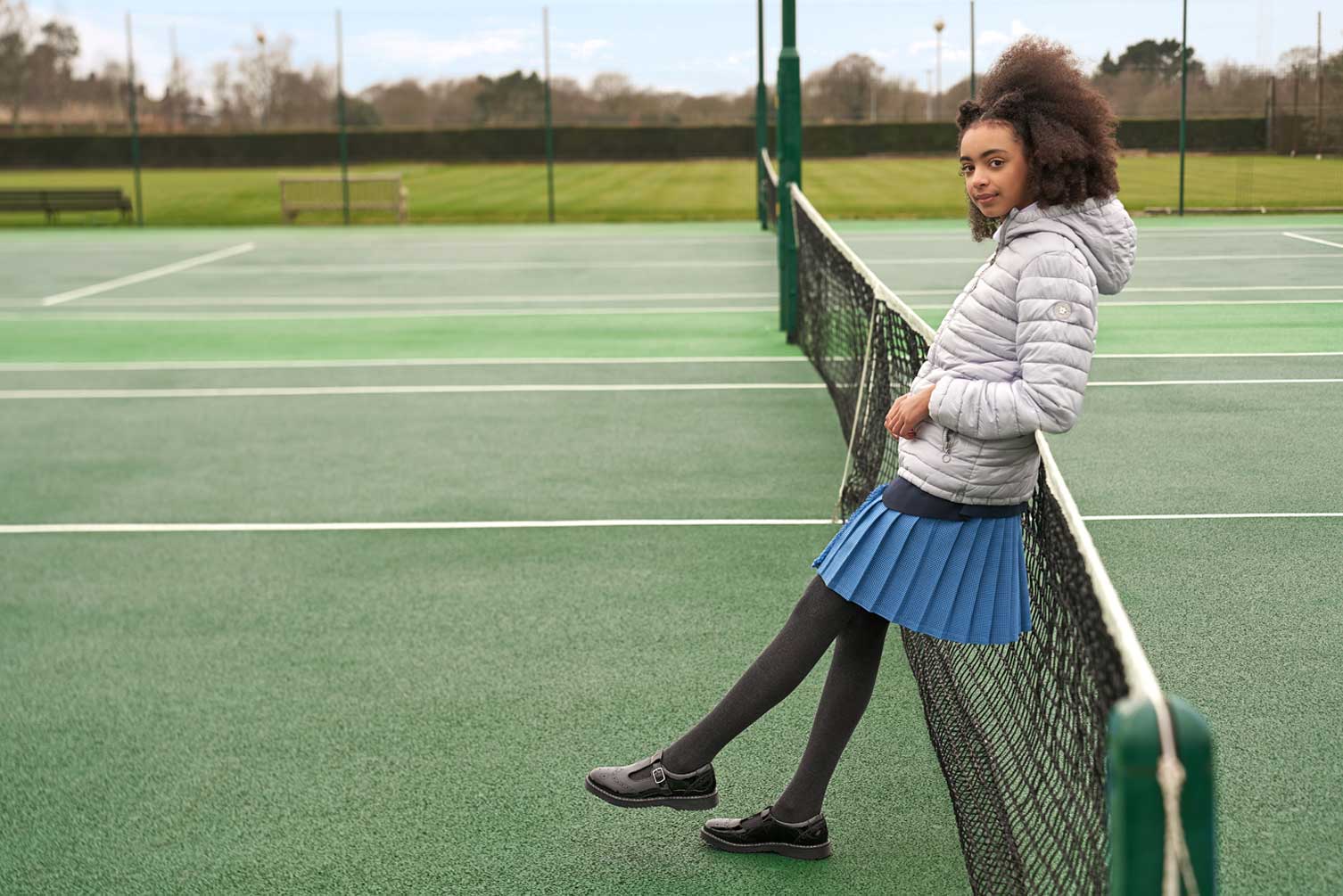
In the last of our series of blogs looking into how our children will have developed physically during prolonged periods at home over the last 12 months of lockdown, we turn our attention to secondary school aged children, 12 years and over.
A child’s bones don’t actually fully form until they are about 10 years old – and then they don’t stop growing until between 16 and 21 years old. A child’s gait is also still developing well into their teenage years.
Until puberty, boys and girls are similar in strength for a comparative body size and go through growth spurts at different times. A girl’s adolescent spurt takes place a few years earlier than a boys, so at the age of 12, she will be ahead in terms of maturity. In most cases girls are heavier and taller than boys until around the age of 14 when a boy’s spurt has started. This is when vast physical differences appear between the sexes as boys acquire larger muscle mass and greater strength plus larger and stronger bones. He is likely to be growing at the rate he last experienced as a toddler, around the age of two.
With puberty also comes hormones and enhanced emotions. Given the status of lockdown, many pubescent children might have grappled with their feelings.
Heightened anxiety may present as irritability or anger. A child may have trouble sleeping. When faced with something that triggers the anxiety, they may complain of a stomach ache or feeling sick. They may be more tearful than normal, but not be sure why.
Last year we worked with Dr Julie Smith, a Clinical Psychologist and expert in mental health with over one million social media followers across TikTok and Instagram, to offer her advice on how to ease anxiety in children.
Smith devised this seven point plan for how to help an anxious child. It includes making time to listen to your child, asking open questions; not attempting to correct or dismiss how they feel; reassuring them their feelings are normal; letting them know that the feelings may be temporary.
And as our children return to the routine of secondary school, these feelings of anxiety might be heightened, while still experiencing vast physical growth spurts. It goes without saying it’s very important to keep a track on your child’s shoe size during this period and ensure they are wearing shoes that will provide correct support and ventilation for the developing body. The nature of secondary school learning, children tend to be sitting in class for longer periods of time, which will exaggerate any stiffness down the back or the legs they might be experiencing as part of natural, rapid growth. If during this period of change, your child experiences tight calf muscles, this can compromise how the foot moves. A small heel raise compared to the forefront can take the tension off.
Click HERE to read more information on choosing the right pair of school shoes for your child.